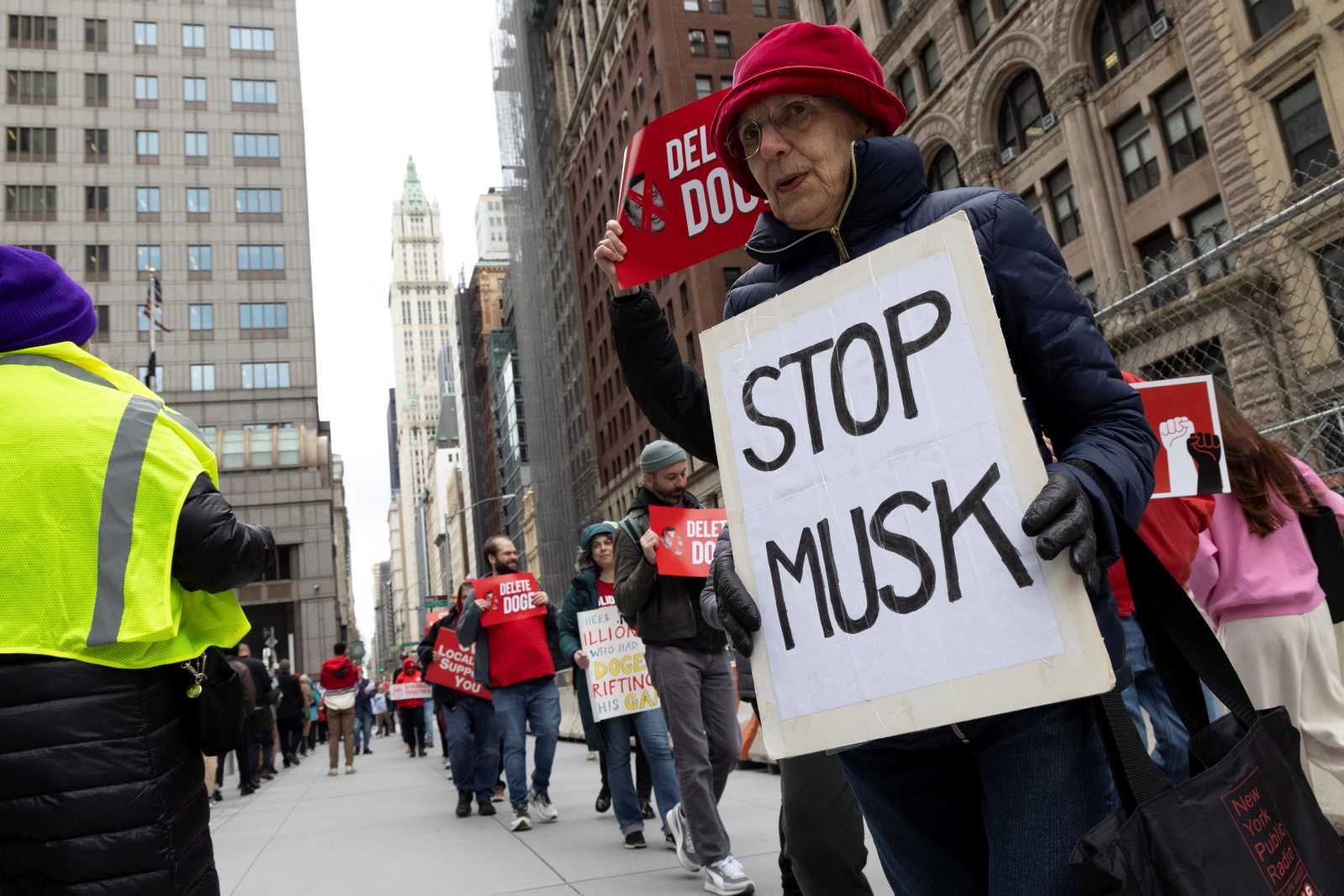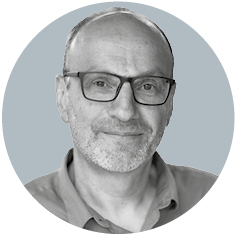Our view
Do not abandon people with disabilities

Several SDGs explicitly refer to persons with disabilities. For example, SDG4 (quality education), SDG8 (decent work and economic growth), SDG10 (reduced inequalities) and SDG11 (sustainable cities and communities) have specific targets – and for good reason. Research shows that persons with disabilities are typically marginalised in several ways. They tend to be excluded from social life and are neglected by both schools and health-care institutions. Even access to sanitation or public buildings cannot be taken for granted.
Those who have a handicap need particularly good infrastructure. All too often, it proves insufficient. Shortcomings are systemic even in a high-income country like Germany. Many schools and public buildings neither have appropriate toilets, nor markers for visually impaired persons, nor ramps for those who require wheelchairs. The lack of adequately trained professional staff is similarly embarrassing.
Where infrastructure is inadequate in daily life, disaster looms in the case of emergencies. Extreme weather events, for example, are especially dangerous for persons with disabilities. Neither warning nor rescue systems are designed in ways that would suit their needs.
Things should not be this way. After all, Germany and about a 180 other nations have ratified the UN Convention on the Rights of Persons with Disabilities (CRPD). Its big promise is to bring about the inclusion of the people concerned as well as ensuring they enjoy equal opportunities.
The CRPD results from respect for basic human dignity. At the same time, there are tangible economic reasons why persons with disabilities must not be left behind. Where they are not enabled to live productive lives, they become a burden on society, with governments generating less tax money, but having to spend more on social benefits.
Things are particularly tough in developing countries. That is where about 80 % of the world’s 1.2 billion people with disabilities live according to a GIZ report. Tax revenues tend to be low, and government spending tends to be quite meagre as well. International donor agencies must rise to the challenge. Every project and programme should take account of the needs of disabled persons explicitly and right from the start. Bilateral institutions such as GIZ and non-governmental organisations such as CBM aspire to do so.
Inclusion, moreover, is needed for gender justice. Around the world, women do most of the care work (see Sundus Saleemi www.dandc.eu). When mothers, sisters and daughters have to take care of family members with special needs, they have fewer opportunities to earn money, get an education and become active in public affairs. They thus suffer exclusion themselves.
The SDG targets make sense. State agencies, civil society and the private sector must rise to the challenges. It is essential not to leave anyone behind. The inclusion of persons with disabilities concerns society as a whole – and the entire international community.
Sabine Balk is a member of the editorial team of D+C Development and Cooperation / E+Z Entwicklung und Zusammenarbeit.
euz.editor@dandc.eu














